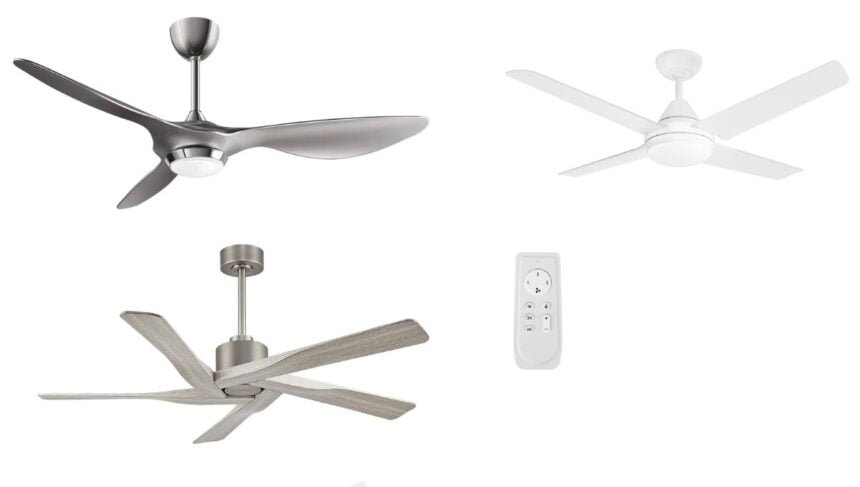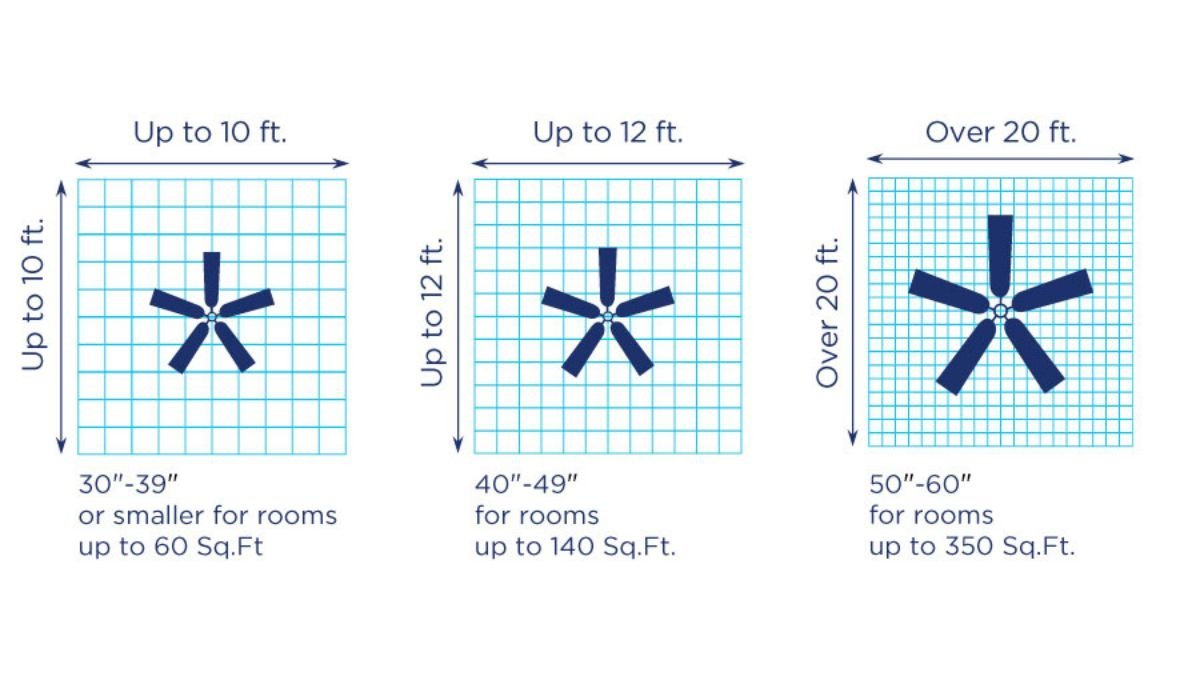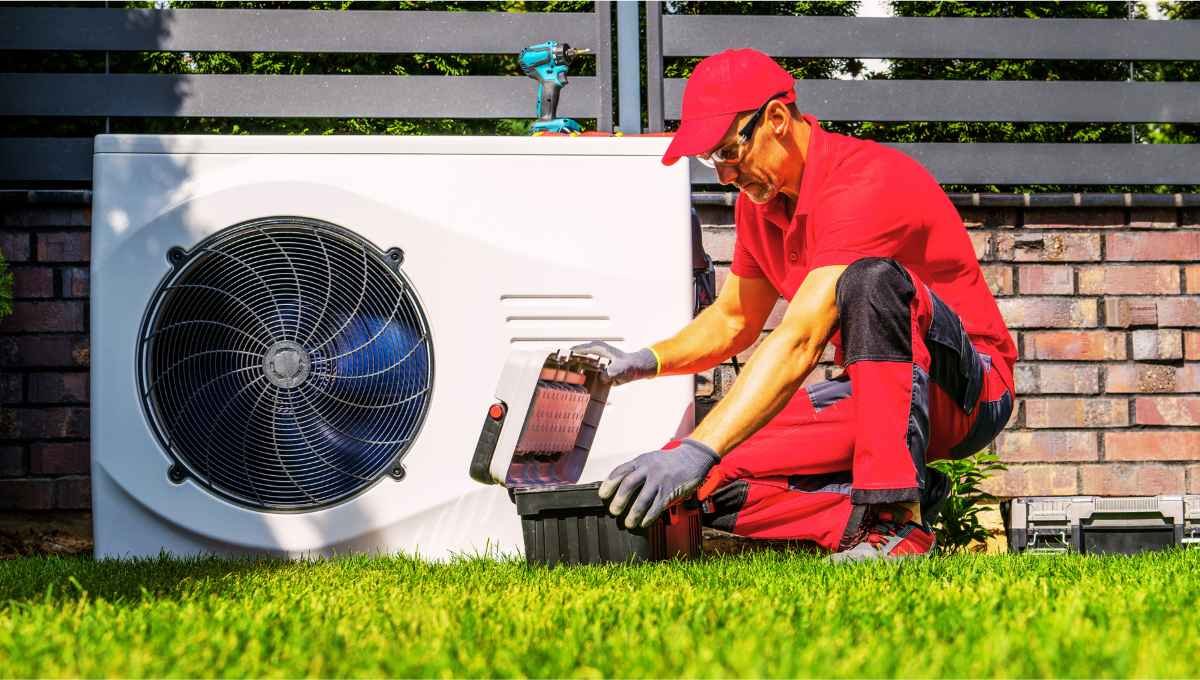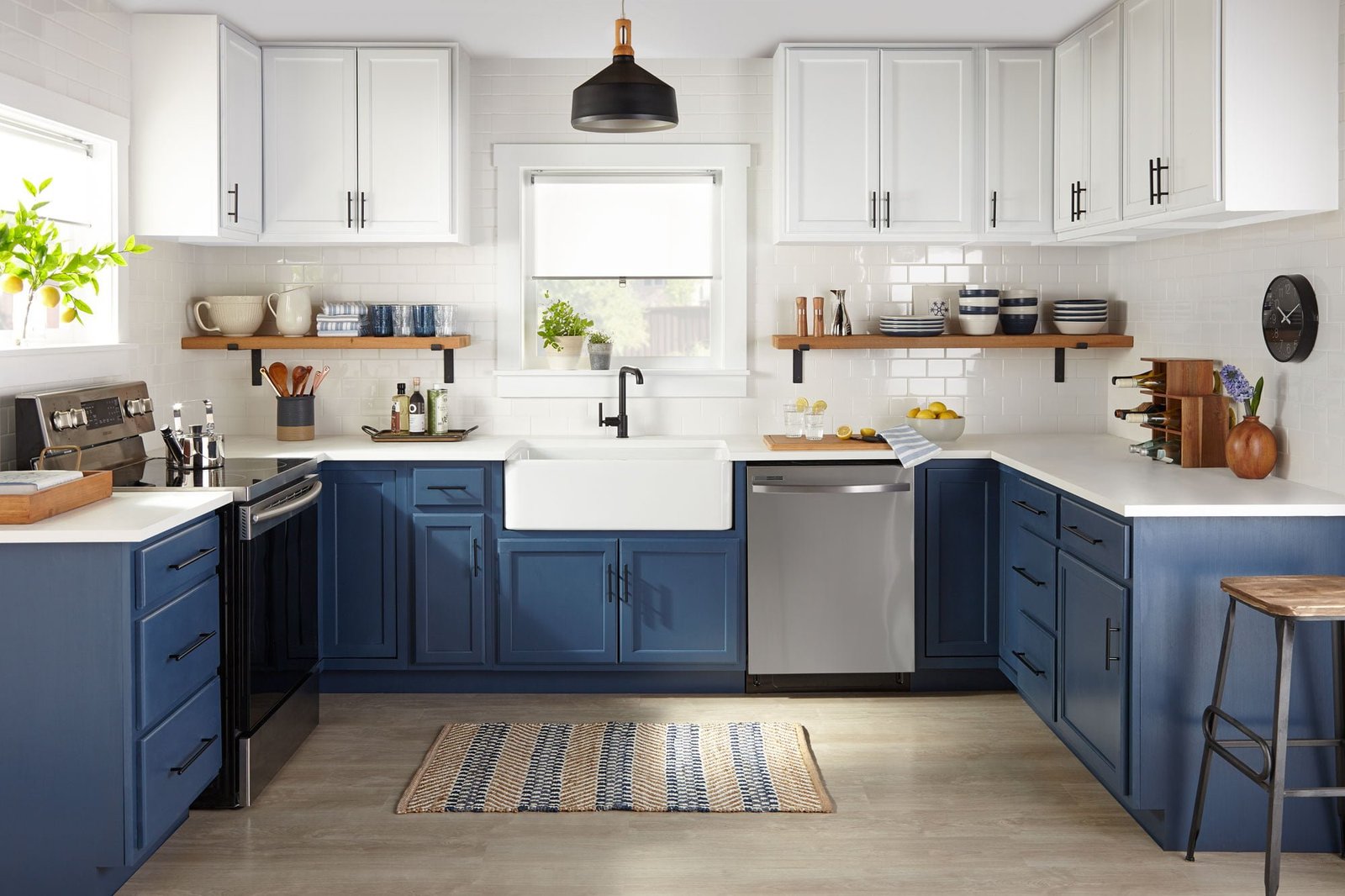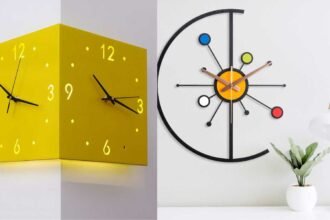Ceiling fans are a staple in many households and businesses, providing an efficient way to circulate air and maintain comfortable indoor temperatures.
One common question that arises when choosing a ceiling fan is: “How many blades are best?“
This article delves into the factors that influence the optimal number of blades for a ceiling fan, covering aesthetics, performance, noise levels, and energy efficiency.
The Evolution of Ceiling Fan Design
Historically, ceiling fans have been designed with a variety of blade numbers. Early models often featured four blades, which became a standard for many years. However, modern designs now range from two to seven blades.
The choice of blade number is not merely an aesthetic decision but also impacts the fan’s performance and efficiency.
Factors That Influence the Optimal Number of Blades
Airflow and Efficiency
- Three Blades: Fans with three blades are often considered the most energy-efficient. They strike a balance between minimal drag and adequate airflow. This design is commonly used in commercial settings and outdoor areas where maximizing airflow with minimal energy consumption is crucial.

Modern Smart Ceiling Fan with Light
52 Inch Modern Smart Ceiling Fan with Light and Remote Control, Living Room Bedroom 3 Blade Ceiling Fans with Reversible Quiet DC Motor, Silver
- Four Blades: The traditional four-blade design provides good airflow and is aesthetically pleasing for most indoor environments. It offers a quieter operation compared to fans with fewer blades, making it suitable for bedrooms and living rooms.

Ceiling Fan with Lights and Remote
Newday 48-in Ceiling Fan with Lights and Remote, White Ceiling Fan with 4 Reversible Blades, Quit Motor, 3 Speed, Modern Adjustable Color Temperature
- Five or More Blades: Fans with five or more blades tend to operate more quietly and provide a gentler, more uniform airflow. This makes them ideal for indoor use in areas where a quiet, comfortable environment is preferred.

ABS DC Ceiling Fan No Light
WINGBO 64″ ABS DC Ceiling Fan No Light, 5 Blade Wood Grain ABS Ceiling Fan with Remote, 6-Speed Reversible DC Motor, Ceiling Fan without Light
Noise Levels
- Fewer blades (e.g., three) tend to move air more efficiently but at higher speeds, which can result in increased noise levels. Conversely, fans with more blades (e.g., five or six) move air at a slower speed and with less noise, making them suitable for bedrooms and quiet spaces.
Related: How to Install a Ceiling Fan: Step-by-Step Guide
Energy Consumption
- The number of blades can impact the energy consumption of a ceiling fan. Fans with fewer blades generally require less energy to spin, as there is less drag. This makes them more energy-efficient. However, advances in motor technology and blade design have mitigated some of these differences, making even multi-blade fans more energy-efficient than older models.
Room Size and Purpose
- Large Rooms: For large rooms or open spaces, fans with three to four blades are often preferred as they can move a significant volume of air efficiently.
- Small Rooms: In smaller rooms, a fan with more blades can provide a more comfortable airflow without creating too much wind chill effect.
Aesthetic Considerations
- The number of blades can significantly affect the visual appeal of a ceiling fan. Modern, minimalist spaces might benefit from a sleek, three-blade fan, while more traditional or ornate interiors might look better with a four or five-blade fan. The fan should complement the room’s decor while providing adequate airflow.
Blade Pitch and Motor Quality
It’s not just the number of blades that determines a fan’s effectiveness but also the blade pitch (the angle of the blades) and the quality of the motor.
A steeper blade pitch can move more air, but it requires a more powerful motor to operate efficiently.
Therefore, a high-quality motor is essential for ensuring that the fan performs well regardless of the number of blades.
Technological Advancements
Recent technological advancements have introduced various features that enhance the performance of ceiling fans. DC motors, for example, are more energy-efficient and quieter than traditional AC motors.
Smart fans with integrated controls allow users to adjust speed and direction remotely, optimizing performance based on room conditions.
The Final Words
There is no one-size-fits-all answer to the question of how many blades are best for a ceiling fan.
The optimal number of blades depends on various factors, including the size and purpose of the room, desired noise levels, energy efficiency, and personal aesthetic preferences.
While three-blade fans are often the most efficient, five-blade fans offer a quieter, more gentle airflow. Ultimately, the best ceiling fan is one that meets the specific needs of the space it is intended to cool.
When choosing a ceiling fan, consider not only the number of blades but also the quality of the motor, blade pitch, and additional features. By taking a comprehensive approach, you can select a fan that provides optimal comfort, efficiency, and style for your home or business.

